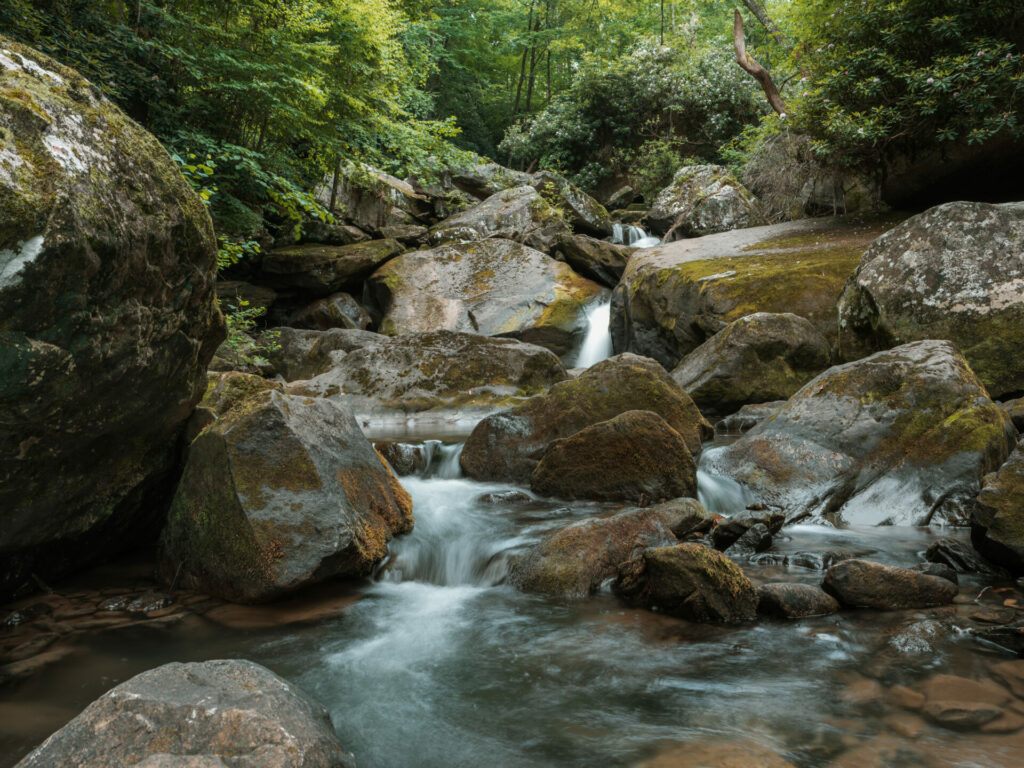
It is that time of year when the leaves start changing colors, the temperatures drop, the days turn shorter, and virtually everywhere you look from the gym counter, to almost all reception desks, to multiple aisles in the grocery store, there is Halloween candy.
Candy can be traced back to the ancient Egyptians who used a mixture of figs, honey, dates, and spices. While the first chocolate bar was developed in England in 1847, candy has changed dramatically since. Basic ingredients derived from nature have now disappeared to cheaper, more colorful, and longer-lasting chemicals.

As many are concerned about their health and wellbeing, ingredients in one’s diet can dramatically affect energy levels, potential cancer risks, and body weight, along with illnesses and diseases. This article dives into specific ingredients that can be found on the back of wrappers of the Top 10 Most Popular candies according to CandyStore.com.
Sugar – A sweetener and the best motto is less is better. Most candies are sweetened with sugar or high fructose corn syrup.
High Fructose Corn Syrup (HFCS) – Used as a sweetener that comes from corn, usually a genetically modified organism (GMO). Linked to insulin resistance, metabolic syndrome, obesity, type 2 diabetes, and more.
Dextrose – More often called glucose, it is a type of sugar that is not very sweet.
Dextrin – Can be made from almost any starch source, like corn, wheat or potatoes. Used as a thickener for soups or stews, along with making foods crispy or as a coating.
Gelatin – Made from prolonged boiling of skin, cartilage, and bones of animals. Found in Jell-O and many gummy candies.
Salt – A preservative and flavor enhancer. Best to limit your intake, as high salt diets are linked to high blood pressure.
Citric Acid – Found naturally in citrus fruits like lemons and limes which is what gives them their tart sour taste. Used as a flavoring and preserving agent.

Natural Flavor – According to the Environmental Working Group, natural flavors must be derived from plant or animal material. Natural flavors can contain hundreds more flavor chemicals than artificial ones, yet makers are often willing to pay more because they know that some consumers prefer “natural” flavors.
Artificial Flavor – According to the Environmental Working Group, an artificial flavor must be comprised of one of the nearly 700 FDA-allowed flavoring chemicals or food additives categorized as “generally recognized as safe” or any of 2,000 other chemicals not directly regulated by the Food and Drug Administration but sanctioned for use by an industry group.
Hydrogenated Palm Kernel Oil – Used to keep a food solid at room temperature. Hydrogenated palm oil is hidden in trans fats. Even if the Nutrition Facts panel indicates zero trans fats, products containing less than 0.5 grams of trans fats can be labeled as trans-fat-free. If the label says no trans fats, it probably has them except under .05g per serving along with a different name as there are many names for hidden trans fats.
Confectioner’s Glaze – Used for coating fruit, vegetable, and candy. An estimated 300,000 Lac Beetles are killed to make 2.2 lbs. of shellac/glaze. If you don’t want to eat bugs or are vegan, then this is one ingredient you want to avoid.
Artificial Dyes – Used to make the bright colors in candy, sports drinks, and baked goods. A 2004 analysis of 15 studies concluded that artificial food dyes increase hyperactivity in children. According to the Center for Science in the Public Interest, “Synthetic chemicals do absolutely nothing to improve the nutritional quality or safety of foods.”
Yellow 6 – Allowed to be sold in Europe yet must carry warning labels saying “May have an adverse effect on activity and attention in children.” The Food and Drug Administration concludes that Yellow 6 does not pose a significant cancer risk to humans. Note that Yellow 6 may cause occasional but sometimes-severe hypersensitivity reactions.”
Yellow 5 – The second most widely used coloring. Has shown hypersensitivity reactions, primarily in aspirin-sensitive persons, and triggers hyperactivity in some children.
Red 3 – In 1985 the commissioner of the Food and Drug Administration said that Red 3 “Has clearly been shown to induce cancer.” It was banned, yet years later was brought back and is still in use.
Red 40 – Replaced Red 3 as the most used food dye. Mainly found in junk food.
Blue 2 – Animal studies that showed brain cancer due to consumption in male rats were mixed.
Blue 1 – Very little testing has been done on it. Has triggered allergic reactions in some.

This article only scratches the surface of a few ingredients in Halloween candy. If you want to learn more, from October 22-31 on my YouTube channel PaleExercise I’ll be featuring a different candy everyday and going deeper into each ingredient. Check it out and be prepared to learn something new.
What is Lurking in your Candy?






